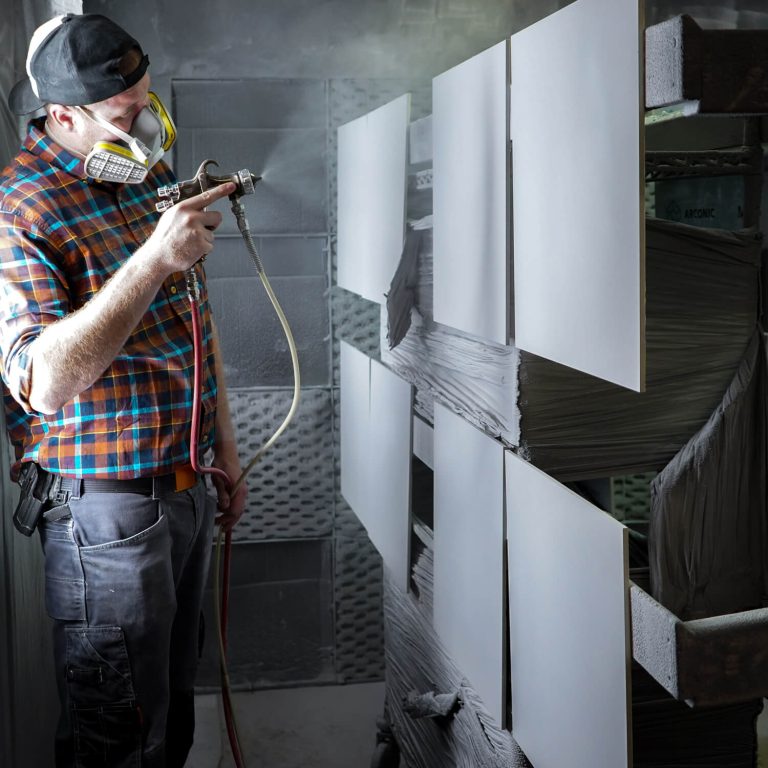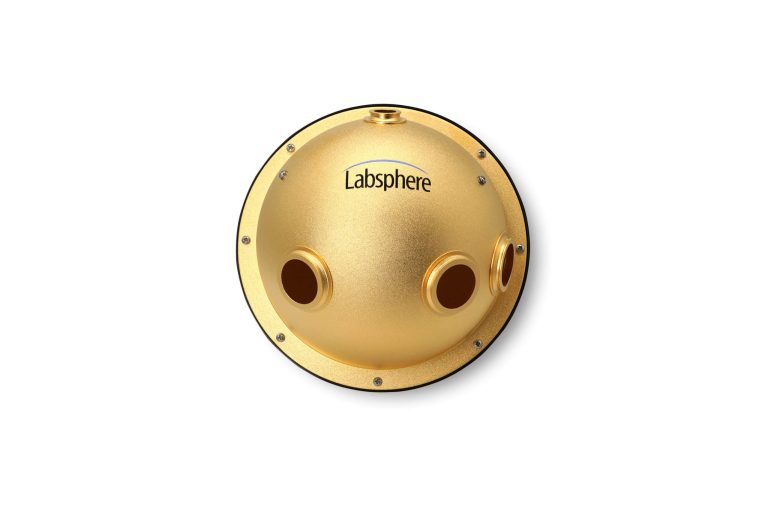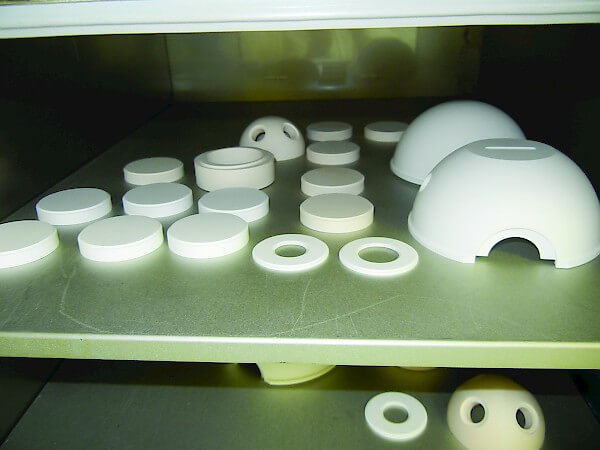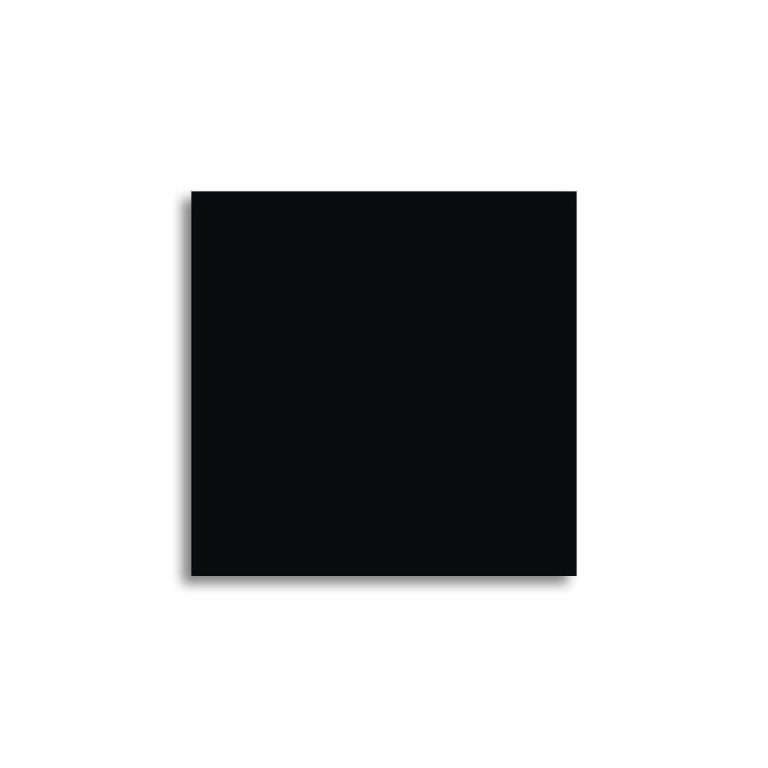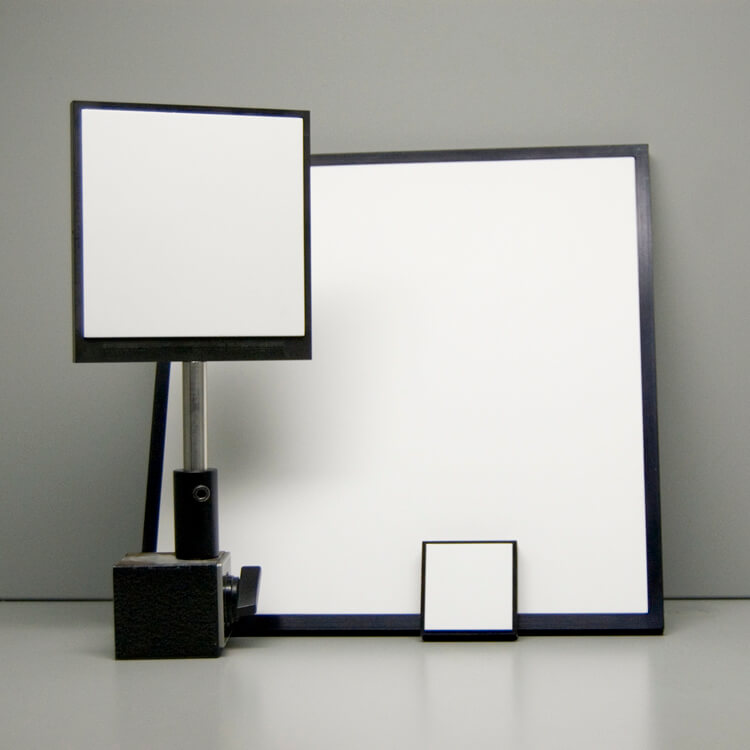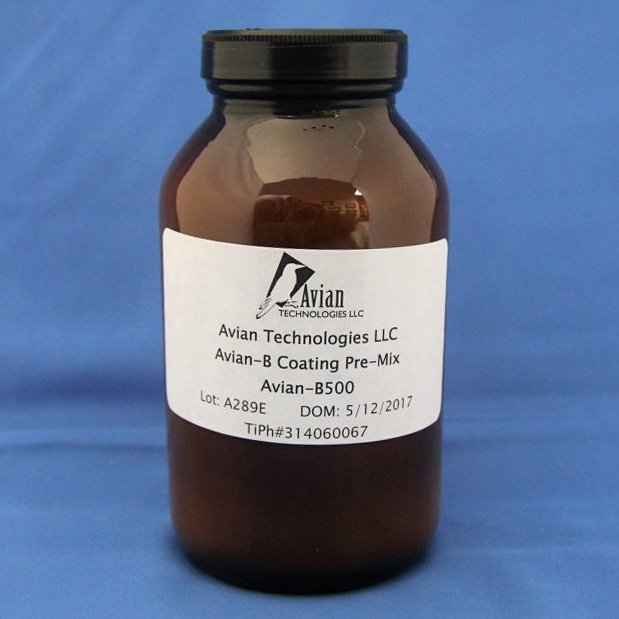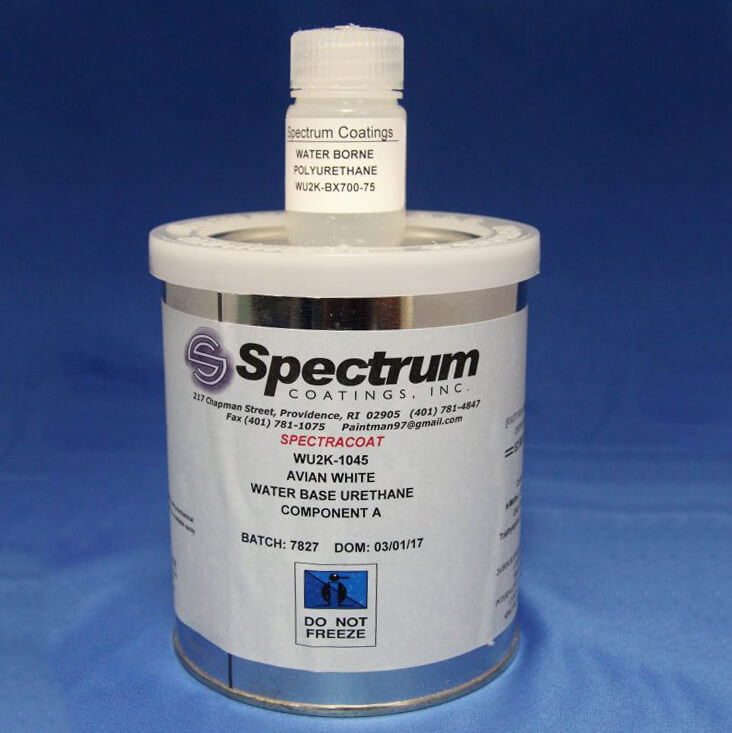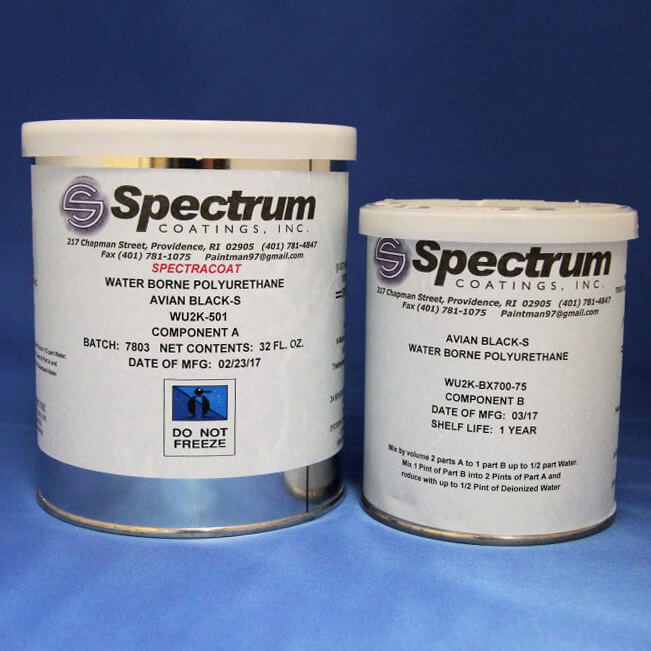Spectraflect Diffuse Reflectance Coating
Available in 80% and 98% reflectances, Labsphere’s non-toxic material is near-Lambertian in character and is easily applied by spraying onto a substrate. Spray coating allows for faster prototyping and ensures that the final design is not limited by the application process.
Infragold NIR-MIR Reflectance Coating
Labsphere’s Infragold NIR-MIR Reflectance Coating exhibits excellent reflectance properties over the wavelength range from 0.7 to 20 μm.
Spectralon EPV Diffuse Reflectance Material
A perfectly white and diffuse material from Labsphere and a Lambertian >99% reflector. Can be of great benefit to radiometric problems.
Spectrablack Ultralow Reflectance Material
Spectrablack is Labsphere’s low reflectance (1.6% or less from 250-2500 nm) light absorbing material that is resistant to abrasion and ideal for indoor near normal sensor characterisation applications and light shielding/optical scattering prevention in OEM optical systems.
Fluorilon-99W
Avian’s Fluorilon-99W is a sintered PTFE material with the highest diffuse reflectance of any known material. The material is both thermally (>300°C), physically, and chemically stable to all but the most hostile environments.
Avian-B White Reflectance Coating
Avian-B coating is a water-based barium sulfate coating, primarily designed for laboratory applications. The coating is highly Lambertian and exhibits reflectance of >97% from 350-850 nm and greater than 92% from 250-1300 nm.
Avian-D White Reflectance Coating
Avian-D coating is a two-part water based urethane coating, which can be applied to a wide variety of substrates. The reflectance of Avian-D coating matches that of barium sulfate based coating in the visible region of the spectrum.
Avian Black-S Reflectance Coating
Avian Black-S coating is a spray-on, two-part water-based urethane coating which exhibits low reflectance over a wide wavelength range. The reflectance is <3.5% over most of the UV-Vis-NIR and approximately 3% or lower* over most of the range.

